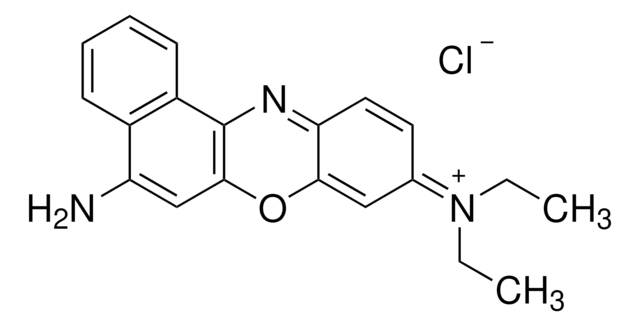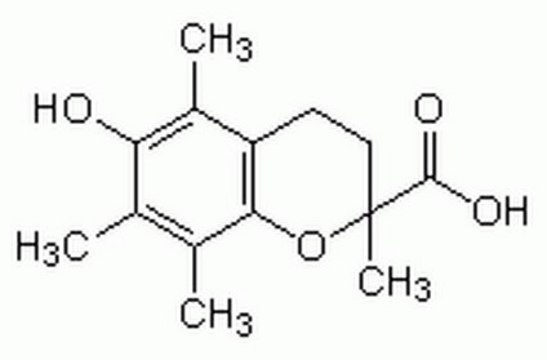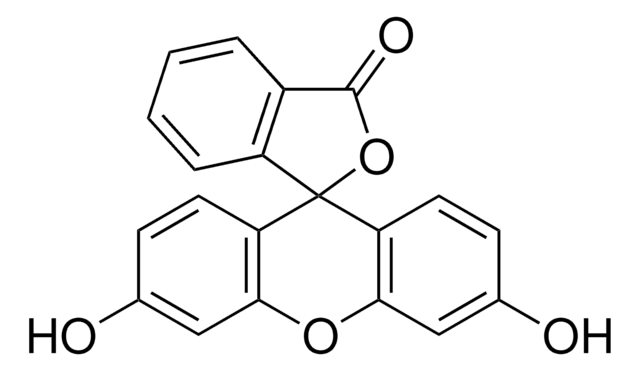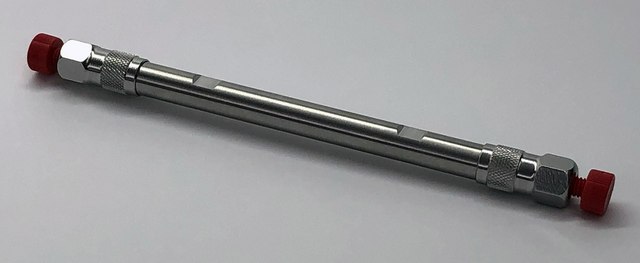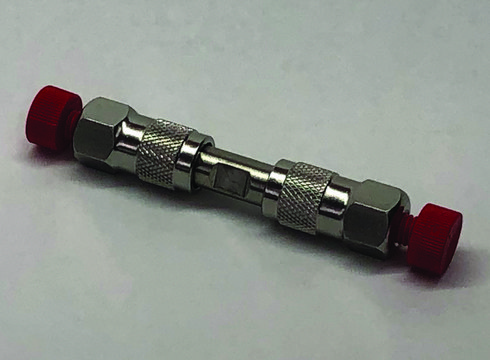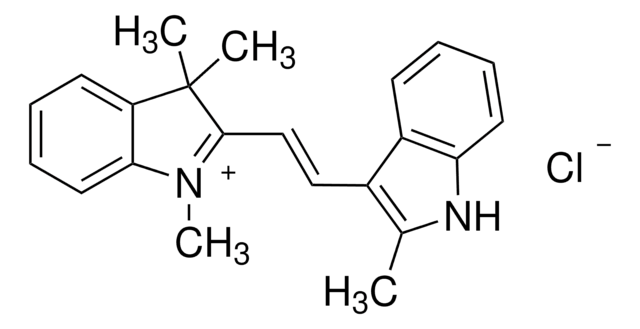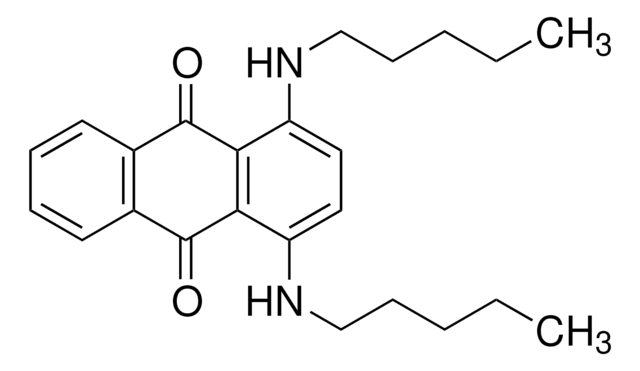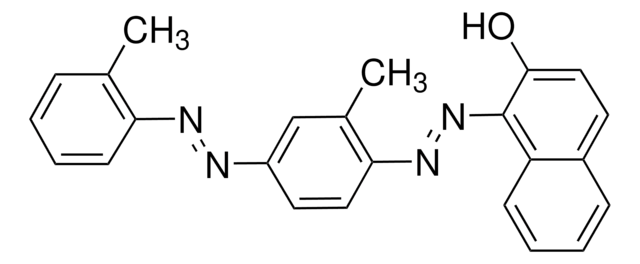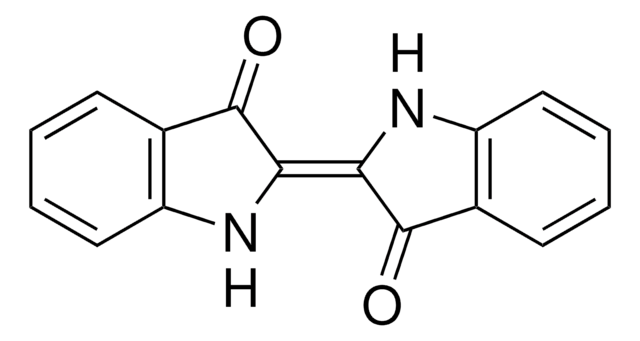1.08622
3,3′,5,5′-Tetramethylbenzidine
GR for analysis
Synonym(s):
3,3′,5,5′-Tetramethylbenzidine
Select a Size
About This Item
Recommended Products
Quality Level
form
solid
mp
166-170 °C
bulk density
430 kg/m3
storage temp.
15-25°C
SMILES string
Nc1c(cc(cc1C)c2cc(c(c(c2)C)N)C)C
InChI
1S/C16H20N2/c1-9-5-13(6-10(2)15(9)17)14-7-11(3)16(18)12(4)8-14/h5-8H,17-18H2,1-4H3
InChI key
UAIUNKRWKOVEES-UHFFFAOYSA-N
1 of 4
This Item | 50381-U | 50378-U | 50363-U |
|---|---|---|---|
| particle size 5 μm | particle size 5 μm | particle size 5 μm | particle size 5 μm |
| L × I.D. 10 cm × 2.1 mm | L × I.D. 10 cm × 3 mm | L × I.D. 7.5 cm × 3 mm | L × I.D. 3 cm × 2.1 mm |
| separation technique reversed phase | separation technique reversed phase | separation technique reversed phase | separation technique reversed phase |
| matrix active group C8 (octyl) phase | matrix active group C8 (octyl) phase | matrix active group C8 (octyl) phase | matrix active group C8 (octyl) phase |
| matrix Fused-Core particle platform, superficially porous particle | matrix Fused-Core particle platform, superficially porous particle | matrix Fused-Core particle platform, superficially porous particle | matrix Fused-Core particle platform, superficially porous particle |
| product line Ascentis® | product line Ascentis® | product line Ascentis® | product line Ascentis® |
Application
- Effect of incubation time on nanozyme-catalyzed oxidation of 3,3′,5,5′-tetramethylbenzidine over silver nanoparticles.: This study investigates the influence of incubation time on the nanozyme-catalyzed oxidation of 3,3′,5,5′-tetramethylbenzidine (TMB) using silver nanoparticles. It highlights the kinetic parameters essential for optimizing the nanozyme activity and potential applications in biosensing and environmental monitoring (Hormozi Jangi et al., 2023).
- Tetramethylbenzidine: An Acoustogenic Photoacoustic Probe for Reactive Oxygen Species Detection.: This research explores the use of TMB as a photoacoustic probe for detecting reactive oxygen species (ROS). It demonstrates TMB′s effectiveness in producing a photoacoustic signal upon reacting with various ROS, showcasing its potential in biological and medical diagnostics (Bresolí-Obach et al., 2020).
- Investigation of vapochromism of 3,3′,5,5′-tetramethylbenzidine-tetrasilicicfluormica intercalation compounds through visible diffuse reflection and powder X-ray diffraction.: This paper examines the vapochromic properties of TMB intercalated in tetrasilicicfluormica using visible diffuse reflection and X-ray diffraction techniques. It reveals insights into the structural changes and potential applications in vapor sensing technologies (Kinoshita & Ishimaru, 2023).
- The determination of the cholinesterase activity using 3,3′,5,5′-tetramethylbenzidine as an indicator.: This study introduces a new method for determining cholinesterase activity using TMB as an indicator. The method provides high sensitivity, reliability, and reproducibility, making it suitable for biochemical analyses and pharmaceutical applications (Koval′ska et al., 2021).
- A facile photothermometric sensor of acid phosphatase based on CoOOH nanozymes-mediated 3,3′,5,5′-tetramethylbenzidine photothermal system.: This article presents a novel photothermometric sensor for acid phosphatase detection. It leverages CoOOH nanozymes and TMB to create a photothermal effect, providing a dual-mode detection system with applications in clinical diagnostics (Wei et al., 2021).
Analysis Note
Identity (IR-spectrum): conforms
Melting range: 166 - 170 °C
Loss on Drying (105°C): ≤ 0.2 %
Signal Word
Warning
Hazard Statements
Precautionary Statements
Hazard Classifications
Acute Tox. 4 Oral - Aquatic Chronic 4 - Carc. 2
Storage Class Code
11 - Combustible Solids
WGK
WGK 3
Flash Point(F)
Not applicable
Flash Point(C)
Not applicable
Certificates of Analysis (COA)
Search for Certificates of Analysis (COA) by entering the products Lot/Batch Number. Lot and Batch Numbers can be found on a product’s label following the words ‘Lot’ or ‘Batch’.
Need A Sample COA?
This is a sample Certificate of Analysis (COA) and may not represent a recently manufactured lot of this specific product.
Already Own This Product?
Find documentation for the products that you have recently purchased in the Document Library.
Customers Also Viewed
Our team of scientists has experience in all areas of research including Life Science, Material Science, Chemical Synthesis, Chromatography, Analytical and many others.
Contact Technical Service


